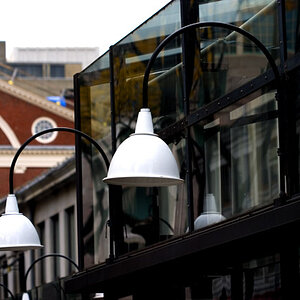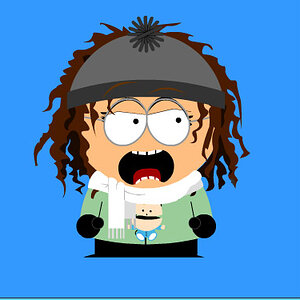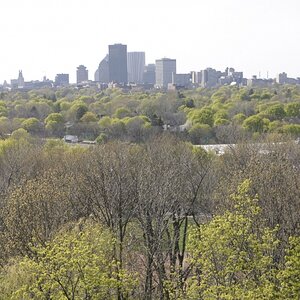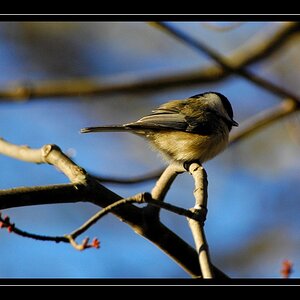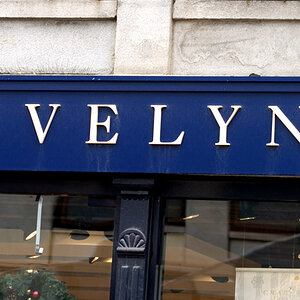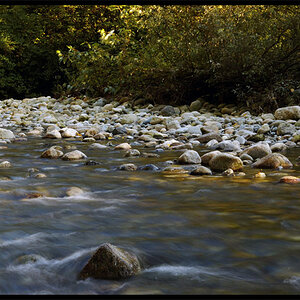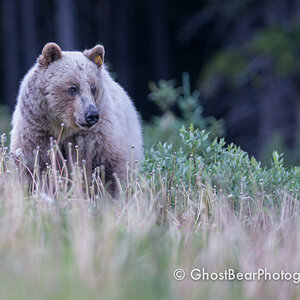junqi
TPF Noob!
- Joined
- Dec 18, 2014
- Messages
- 67
- Reaction score
- 0
- Can others edit my Photos
- Photos NOT OK to edit
Hi all,
Can anyone advice how can i calculate for the correct exposure during sunny light, cloudy, night time etc. i always use iso 200 only day light and f3.5 and with shutter speed 1/800 and if it is underexposure will decrease the shutter speed. Is there anyway to calculate to get the correct exposure be it cloudy, sunny, Night time or indoor ?
Thank you
Can anyone advice how can i calculate for the correct exposure during sunny light, cloudy, night time etc. i always use iso 200 only day light and f3.5 and with shutter speed 1/800 and if it is underexposure will decrease the shutter speed. Is there anyway to calculate to get the correct exposure be it cloudy, sunny, Night time or indoor ?
Thank you


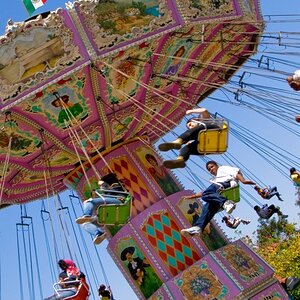
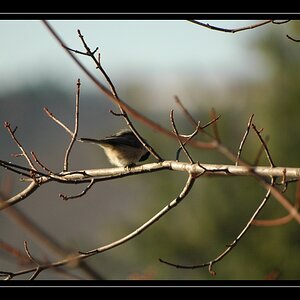
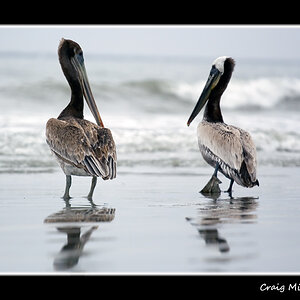
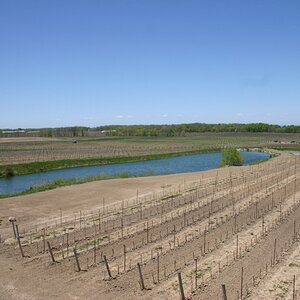
![[No title]](/data/xfmg/thumbnail/42/42034-6262420ff3ea238f05395bbcc7ae1f28.jpg?1619739985)
